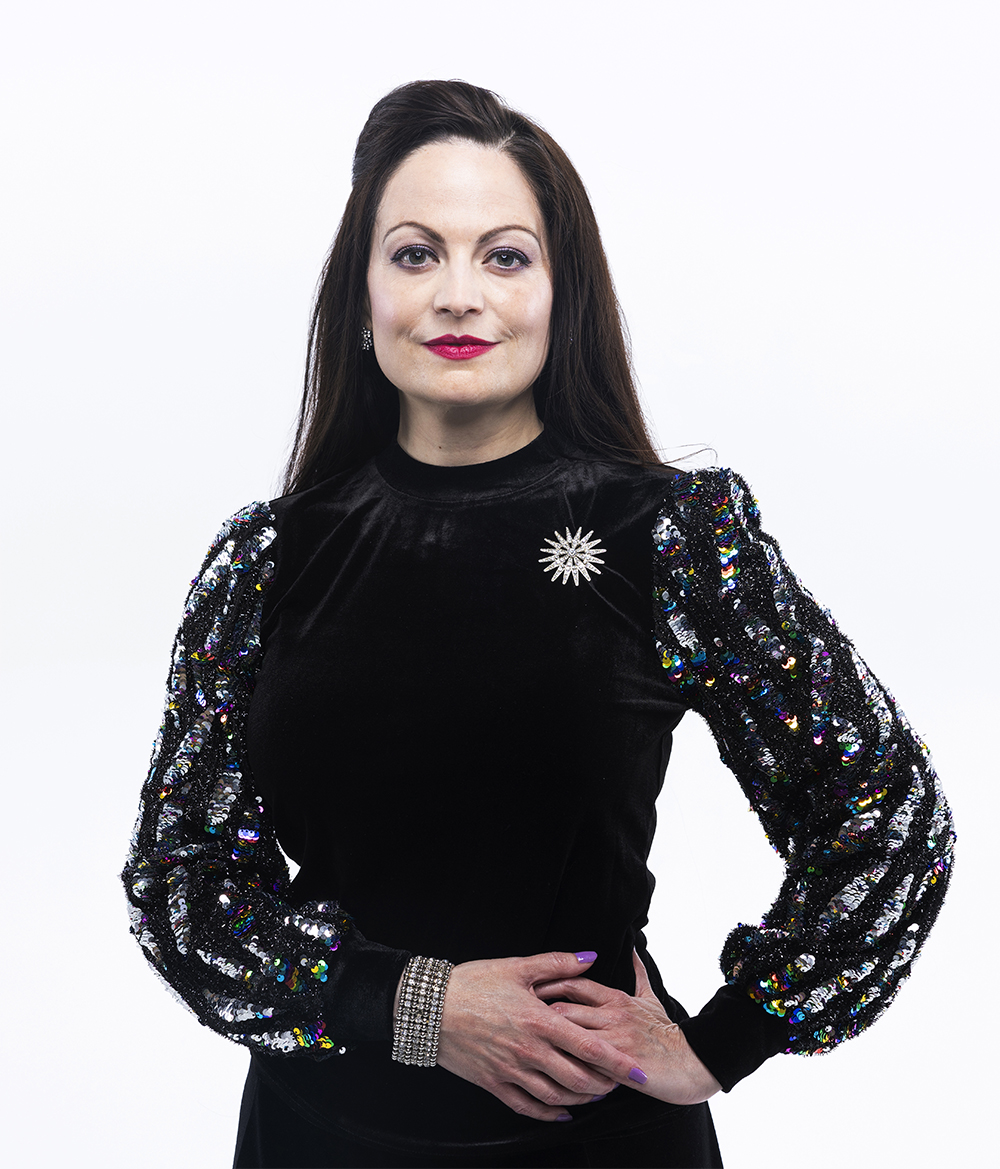
The arts possess the sublime power to inspire, engage, and transform. Just as a solitary note holds the ability to captivate, a single voice, gesture, or melody possesses the ineffable power to carry us away.
We invite you to embark upon a new journey with us this season at The Noorda Center—home to inspiring events and an exciting hub for the arts in Utah County. Our mission is to produce and present artistic excellence, which would not be possible without the generous support of our donors and sponsors. We thank them and express our deep gratitude to all patrons, supporters, and friends of The Noorda Center.
Thank you for journeying with us this season to experience the profound and transformative power of the arts!
Courtney R. Davis, J.D., M.A.
Dean, School of the Arts
Before the Dawn (2023)
David Biedenbender
Ghost Apparatus (2018)
David Biedenbender
dream of ember, dream of star (2021)
David Biedenbender
Melodious Thunk (2018)
David Biedenbender
Before the Dawn
Before the Dawn was written to honor the teaching career of Mr. Dave Gott, who served
as Director of Bands at Haslett High School in Haslett, Michigan for 19 years. It
was commissioned by the Haslett High School Band Boosters. Before I started writing
this piece, I visited the Haslett High School Band to ask about their experiences
with Mr. Gott and to brainstorm ideas for the piece. What struck me most about their
observations and memories of Mr. gott was how he had helped so many of them do things
they themselves did not think they could do, both personally and collectively—he saw
potential in them that they could not yet see and help them achieve goals they could
not have even imagined.
I am also fortunate to call Dave Gott my friend. For as long as I've known him, he
wakes up well before dawn, getting a head start on the day. For me this time when
the deep blue night sky moves toward day through hues of glorious red and orange is
a time of hopefulness, joy, and optimism—it feels like anything is possible. My hope
with this piece is to capture that feeling—the same optimism, hope, and inspiration
that Mr. Gott brought to every student that entered his classroom—and to celebrate
it through music. A simple melody rises from the distant horizon, repeating and expanding
each time as more voices join. Eventually the melody gives way to unbridled energy,
joy, and wonder, with soloists and sections collectively weaving their own unique
variation of the melody into a colorful tapestry
- Program note by the composer
Ghost Apparatus
Many people use narrative to structure the way they listen to music. If a title or
a program note does not immediately evoke a story, some will invent one to frame their
listening experience. Video games—some more than others—also allow you to create your
own story within the framework of a given world. Ghost Apparatus—a hidden network
or force—is the soundtrack for a video game that exists only in my head. The narrative
for this game is up to you. From the beginning, every note, every decision has a consequence—a
cause and effect—that sets in motion a chain of events that cannot be undone. Every
note, every gesture is part of a larger puzzle—these single points of sound come together
to form something bigger. It’s not apparent from the beginning, but there’s also a
force working against the music, against the game. It comes in the form of a melody
that emerges slowly—just quick, dramatic swells at first—gradually becoming longer
and punctuated by low, loud pillars of sound from the low voices until, finally, the
music melts into chaos and this force overtakes the music entirely.
- Program note by the composer
dream of ember, dream of star
It felt like it took a long time to write dream of ember, dream of star. I first started work on it in 2019, but as the 2020 premiere approached the COVID-19 pandemic canceled the premiere, and I stepped away from writing for a while. It was rescheduled for 2021 and then canceled again, and I found myself in the strange position of having unfinished material that I had written in what felt like a lifetime ago. Each piece I write is a snapshot of who I am and what I am feeling at that particular moment in my life, and so many things had happened in those long months that I felt different, changed. I found that I could not finish the piece I had started writing almost two years earlier. I restarted.
dream of ember, dream of star is not what I set out to write two years ago, and it
comes from a place emotionally that I do not know how to adequately describe with
words. There has been so much fear, so much loss, so much change, so much division,
so many different challenges and experiences—for some I imagine it must seem like
an entire lifetime’s worth of loss has been compressed into relatively a short time
span. But this experience has also brought some things into clearer focus—a nascent
hope and joy emerging from the pause—the silence—helping us to discover what is truly
important. My hope is that this piece might create a space to reflect. For me, I have
been drawn to a recurring image of fire and stars—the warm glow of a campfire under
a cold, deep blue sky and twinkling stars—both emanating light but separated by billions
of miles and many years, felt and warm and visible to me right here and now.
- Program note by the composer
Melodious Thunk
I don’t normally like to begin program notes with dictionary definitions—it feels
pretty stuffy to me—but it seemed appropriate for this piece, so here goes…
thunk [thuhngk] noun & verb
1. [n.] an abrupt, flat, hollow sound (example: The book landed on the floor with
a thunk.); synonym: thud
2. [v.] to produce an abrupt, flat, hollow sound
3. [v.] colloquial past tense and past participle of think.
Melodious Thunk was inspired by the famous jazz pianist Thelonious Monk. Monk’s wife,
Nellie Smith, nicknamed him “Melodious Thunk” because of his clunky, awkward, and
brilliant(!) piano playing, and his, somewhat scatterbrained and disoriented nature.
I really liked the idea of playing around with Monk’s name—first, because I personally
really enjoy goofing around with “spoonerisms” (silly, ridiculous, mix-and-match letter
games, which often happen by accident: for example, slip of the tongue becomes tip
of the slung), and, second, because this nickname actually provided great musical
inspiration. Melodious—well, that’s fairly obvious—and thunk (which is a great onomatopoeia!)
became the starting points for the piece. Big, fat thunks are interspersed with pointy,
clunky, bluesy blips, which are then transformed into a long, smooth, laid-back melody
accompanied by a funky bass line. I haven’t consciously borrowed any specific tunes
or licks from Monk, although I do use a small fragment of Dizzy Gillespie’s tune Salt
Peanuts, but I hope you’ll hear some similarities between this piece and Monk’s iconic
musical style and quirky attitude.
- Program Note by the composer
|
Flute
Oboe
Bassoon
Clarinet
Bass Clarinet
Alto Saxophone
Tenor Saxophone
Baritone Saxophone |
French Horn
Trumpet
Trombone
Bass Trombone
Euphonium
Tuba
Percussion
*Utah Valley University
|
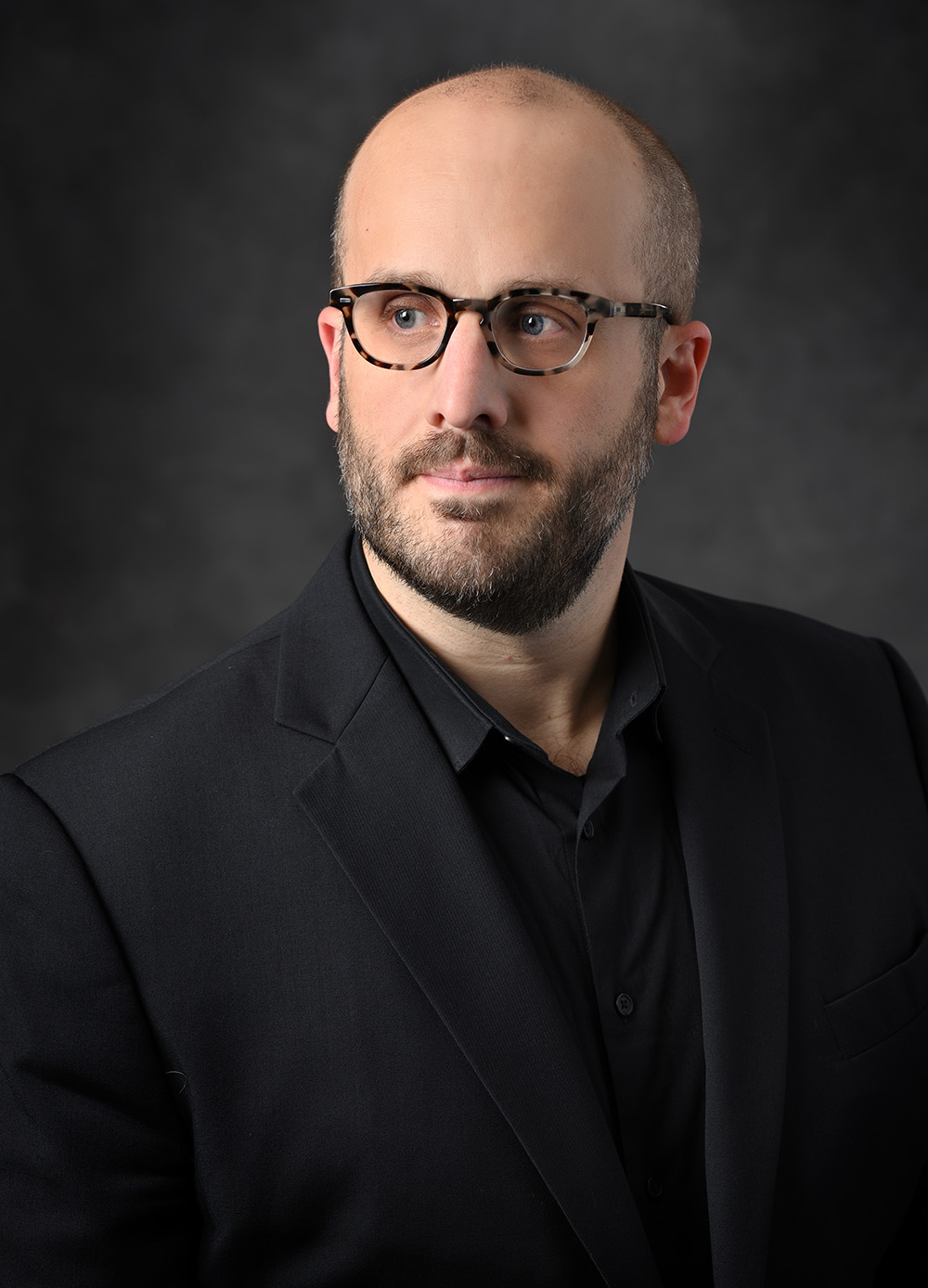
David Biedenbender (b. 1984) is a composer, conductor, performer, educator, and interdisciplinary collaborator. His music “…seizes the ear through a blend of expressive beauty and formal prowess…at turns rapturous and intimate, menacing and exuberant…Biedenbender isn’t afraid to wear heart on sleeve as he applies telling nuances to concise, exquisitely shaped sonic tales.” (Gramophone) His creative interests include working with classically trained musicians and improvisers, chamber and large ensembles, interactive electronic interfaces and live brain data. His music is influenced by experiences performing in rock and jazz groups, classical ensembles and concert bands, a New Orleans-style brass band, as well as Indian Carnatic Music. “…active, compelling…shot through with energy….wonderfully imagined…Clearly, this is a composer to watch out for.” (Fanfare Magazine)
David has collaborated with many renowned performers and ensembles, and his works have been performed, recorded, and broadcast around the world. His works for wind ensemble in particular are performed widely, including by many distinguished ensembles such as La garde Républicaine, the premier U.S. military bands, and many leading collegiate and conservatory wind ensembles.
A dedicated teacher, he is currently Associate Professor and Chair of Composition in the College of Music at Michigan State University. He holds degrees in composition from the University of Michigan and Central Michigan University, and has also studied at the Swedish Collegium for Advanced Study, the Aspen Music Festival, and in Mysore, India where he studied Carnatic music. For more information, visit: www.davidbiedenbender.com.
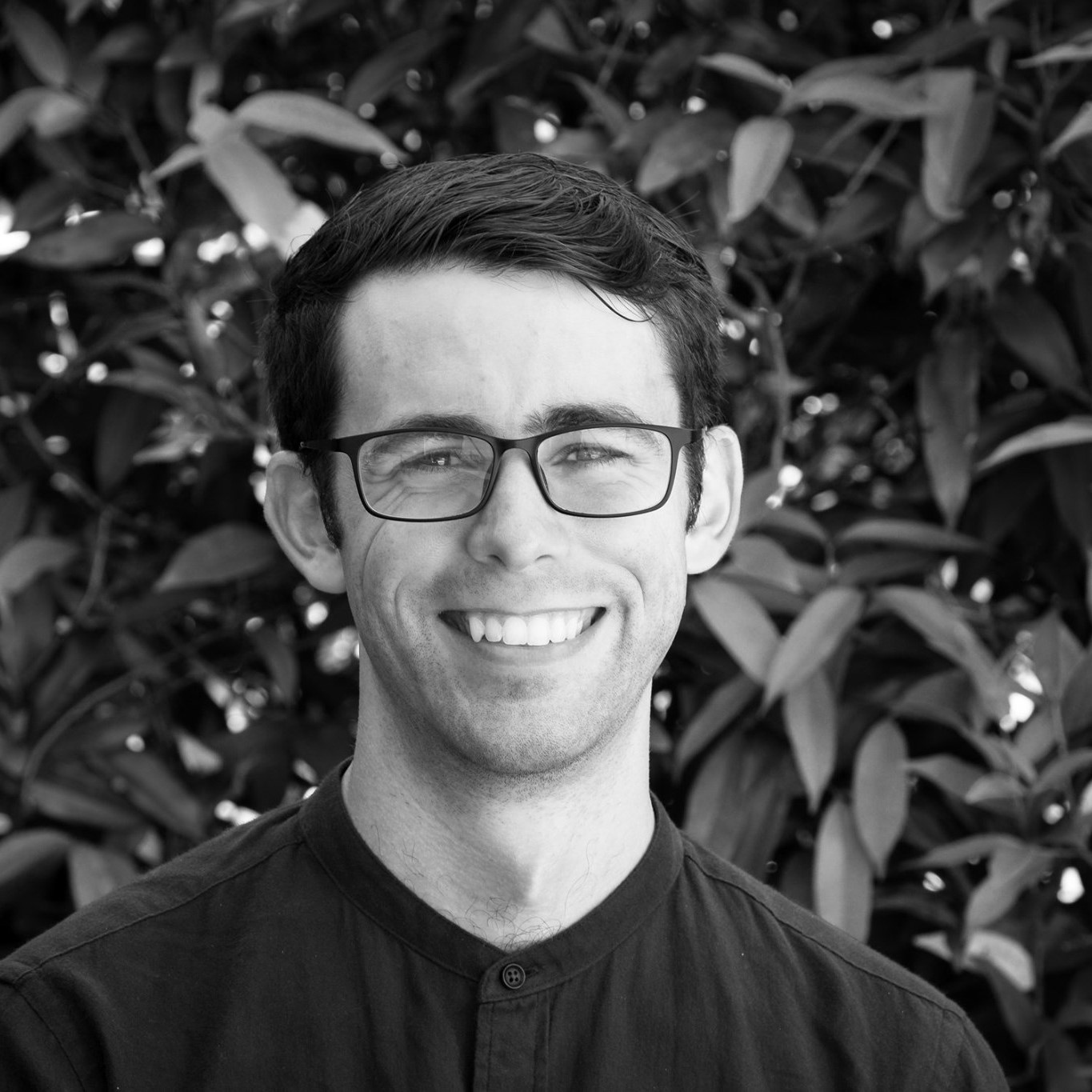
Chris Ramosis currently serving as Director of Bands at Utah Valley University in Orem, Utah. He conducts the UVU Wind Symphony and directs instrumental studies within the music education area. Prior to his work in higher education at UVU and The Hartt School, Chris served as a band director at Dalat International School in Penang, Malaysia. He is also an active scholar working at the intersection of wind band studies, disability theory, and music education. He holds degrees from The Hartt School where he studied with Glen Adsit and Edward Cumming, the University of New Mexico where he studied with Eric Rombach-Kendall, and from Texas A&M University-Commerce where he studied with Phillip Clements, Luis Sanchez, and Mike Morrow. An avid supporter of new music, he has been part of several commissioning projects and has recorded with the Naxos, Summit, and Parma record labels. He is an active member in the College Band Directors National Association, Utah Music Educators Association, Utah Bandmasters Association, American Musicological Society, and National Association for Music Education, and is an honorary member of the Phi Mu Alpha Sinfonia National Music Fraternity.
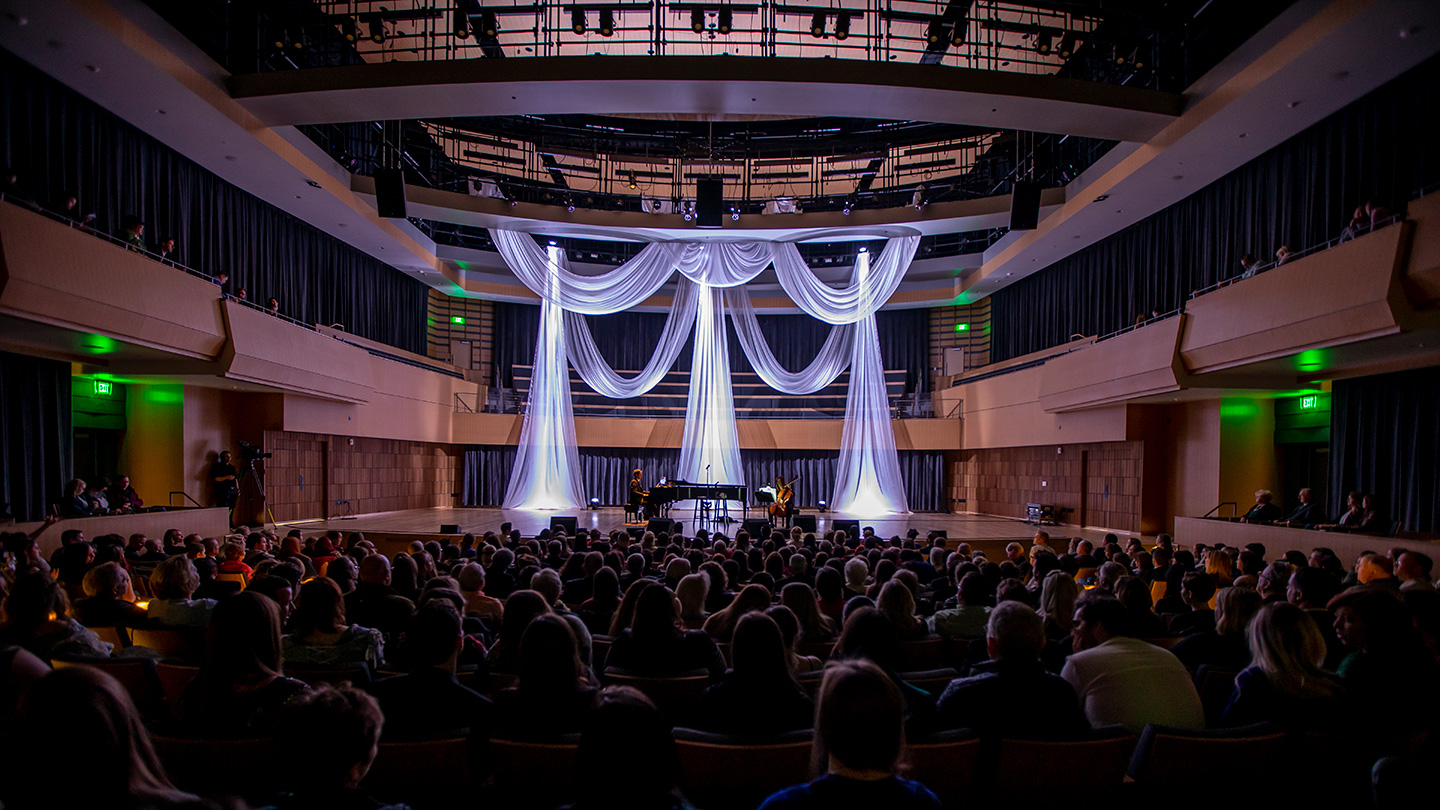
As we prepare to welcome the community to experience the wonder at The Noorda Center, we'd like to thank you for making it all possible.
The performing arts inspire us to engage with others, discover new ways of thinking and feeling, and provides us with hope—in short, we believe the arts transform you. As an exciting hub for the arts in Utah County, we produce hundreds of performances by talented students, faculty, and world-renowned visiting artists. We invite everyone to join in connecting through the arts.
As part of UVU’s inaugural EverGREEN fundraising campaign, we invite you to make a gift to The Departments of Music today.
Your gift not only impacts students success, but ensures programming and exciting artistic creation continues.
Please make a gift today by clicking below. Thank you!
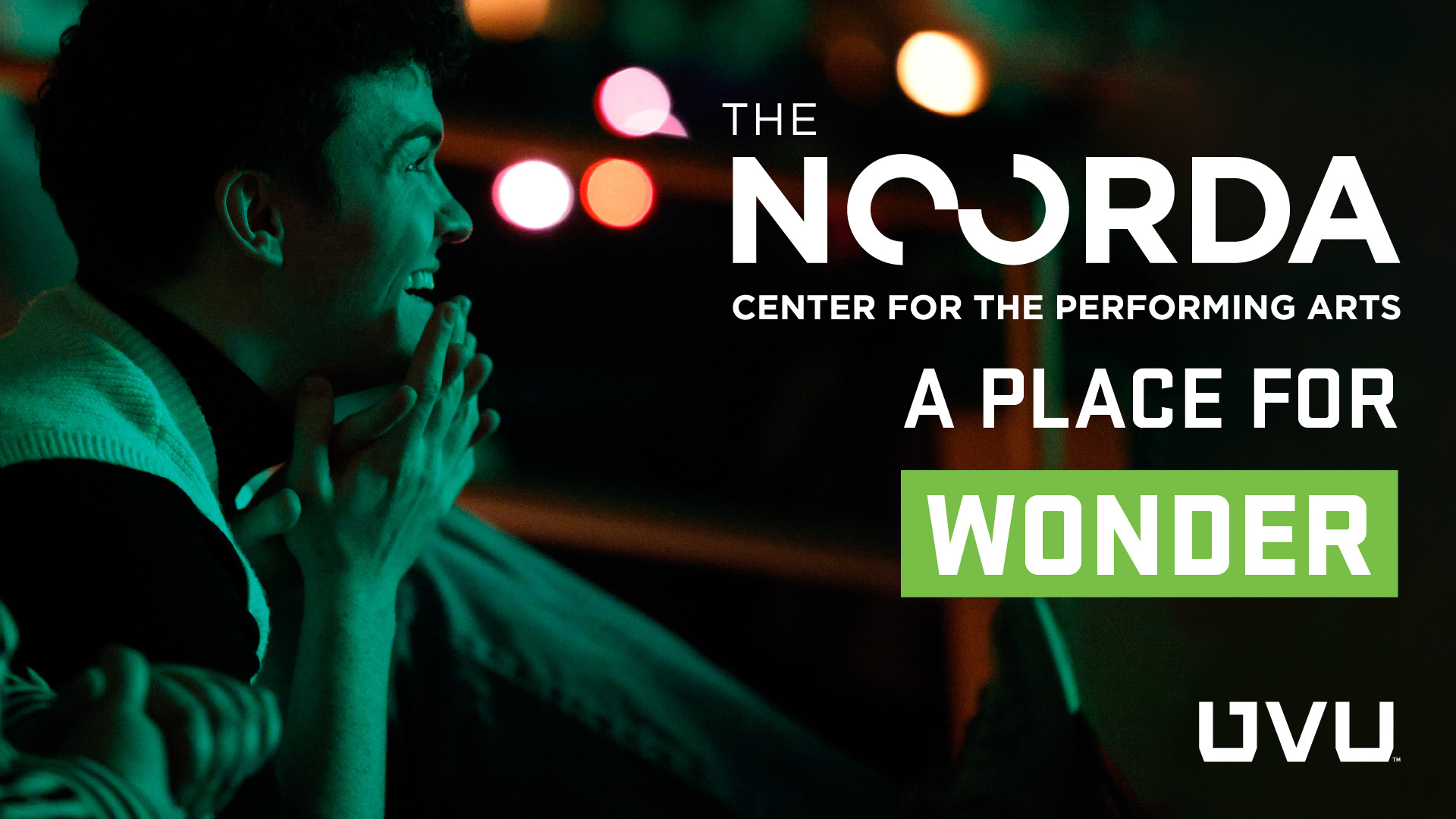
Department Chair
JEFFREY O'FLYNN
Associate Chair
MELISSA HEATH
Administrative Assistant
CHRIS GINES
Choirs
REED CRIDDLE
CHERILYN WORTHEN
Orchestra/Cello
CHEUNG CHAU
Violin
DONNA FAIRBANKS
Clarinet
JEFFREY O’FLYNN
Trumpet/Music Theory
RYAN NIELSEN
Percussion
SHANE JONES
Piano
HILARY DEMSKE
Jazz/Commercial
DAVID BAKER
Voice
MELISSA HEATH
ISAAC HURTADO
Commercial Music
CHARLIE HAN
TODD SORENSEN
Theory
BRYCE RYTTING
Musicology
ROSS HAGEN
Director of Bands
CHRIS RAMOS